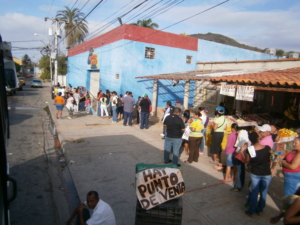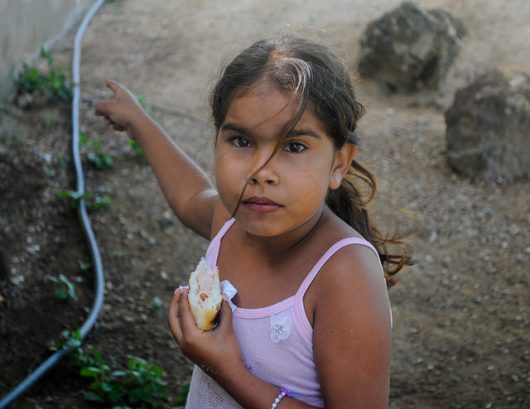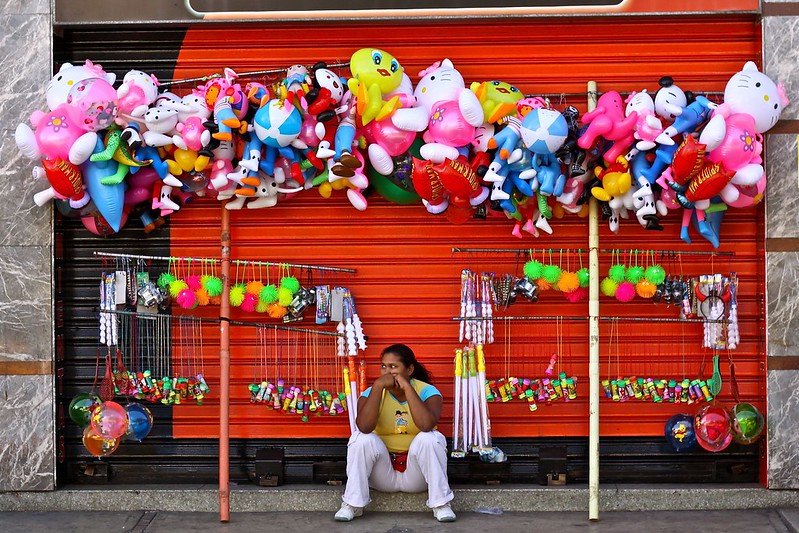 The Venezuelan exodus represents one of the most notable mass migrations in recent history, with more than 7.5 million Venezuelans fleeing the country between 2015 and 2024 due to political repression and economic crises. These migrants leave their homeland to search for necessities such as food, safety, water, sanitation, hygiene and medical care, which are scarce in Venezuela. In their desperate and vulnerable state, many Venezuelans encounter abuse from armed groups, including sex trafficking and forced recruitment.
The Venezuelan exodus represents one of the most notable mass migrations in recent history, with more than 7.5 million Venezuelans fleeing the country between 2015 and 2024 due to political repression and economic crises. These migrants leave their homeland to search for necessities such as food, safety, water, sanitation, hygiene and medical care, which are scarce in Venezuela. In their desperate and vulnerable state, many Venezuelans encounter abuse from armed groups, including sex trafficking and forced recruitment.
Colombia’s Role as a Host
Venezuela’s neighbor, Colombia, has historically experienced fluctuating relations with Venezuela and now stands at the center of the Venezuelan exodus. A World Bank report revealed that as of October 2022, Colombia hosted approximately 2.9 million Venezuelan migrants. The country addresses the challenges of mass immigration by implementing policies that integrate migrants into the broader Colombian population economically and socially. Colombia remains committed to ensuring migrants’ rights to work, live and integrate fully into society.
Institutional Support for Migrants
Colombia’s response to the increased amount of migration encompasses the establishment of a more solid legal and institutional framework to protect and facilitate the long-term integration of migrants in host regions. Central to this effort was the creation of the Presidential Border and Migration Management Office. This office issues necessary permits for the transit and stay of migrants within Colombia. They aim to regularize the migratory status of newcomers. Through the implementation of this office, more migrants gain access to vital markets and services they might otherwise lack. The services of the Migration Management Office include health care, education, social welfare, employment and housing. Other efforts have also been made to deploy services developed to protect vulnerable populations, such as initiatives for family reunification, child protection and aiding victims of human trafficking.
A Comprehensive Approach to Integration
Colombia has managed the Venezuelan exodus in three phases. Initially, in 2015, the country focused on humanitarian efforts for Colombian returnees and incoming Venezuelan migrants. It then shifted to a sustainable strategy aimed at ensuring migrants’ access to essential social services. The third phase involved a comprehensive, long-term approach, emphasizing mass regularization along with social and economic integration of Venezuelan migrants. Moreover, a key element of Colombia’s most recent phase is the Temporary Protected Status for Venezuelan Migrants (ETPV) launched in 2021. ETPV grants migrants permits to stay and work in Colombia for up to 10 years. The permits facilitate their integration into the host country and offer an escape from vulnerability and poverty.
Effective Migrant Integration Strategies in Colombia
Colombia’s clear and enduring regularization procedures enhance migrant integration. They drive positive development outcomes, leading to higher wages and employment rates. The adaptation of institutional frameworks, such as the Presidential Border and Migration Management Office, streamlines integration efforts at both national and local levels. Colombia’s ongoing response to the Venezuelan exodus establishes a significant standard for success that other countries might adopt.
– Ani Gonzalez Ward
Ani is based in Frances and focuses on Politics for The Borgen Project.
Photo: Flickr
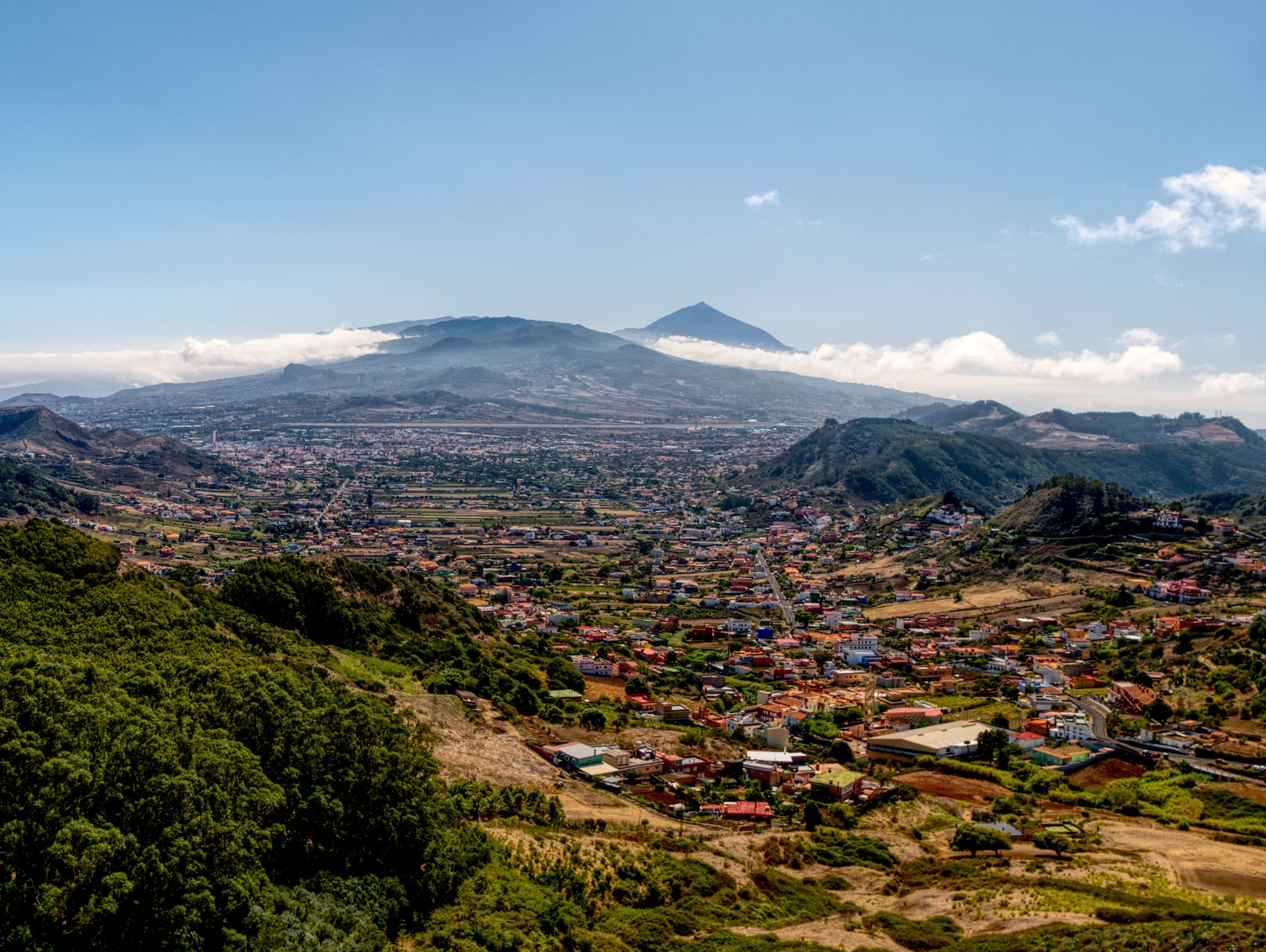 In Venezuela, many challenges persist, mainly political instability and hyperinflation. These issues have hurt most Venezuelans, resulting in many other challenges.
In Venezuela, many challenges persist, mainly political instability and hyperinflation. These issues have hurt most Venezuelans, resulting in many other challenges.  USAID has been critical in providing Venezuela with aid in the form of food assistance, health care accessibility and water support. Due to the extreme political and economic crisis in the nation, millions of Venezuelans have fled to surrounding nations like Panama and Mexico, and the majority of those still in the nation live below the poverty line. To help resolve the crisis, the U.S. deployed an interagency collective to support economic and health development, with USAID being one of the primary bodies responsible. Since 2018, USAID has allocated
USAID has been critical in providing Venezuela with aid in the form of food assistance, health care accessibility and water support. Due to the extreme political and economic crisis in the nation, millions of Venezuelans have fled to surrounding nations like Panama and Mexico, and the majority of those still in the nation live below the poverty line. To help resolve the crisis, the U.S. deployed an interagency collective to support economic and health development, with USAID being one of the primary bodies responsible. Since 2018, USAID has allocated 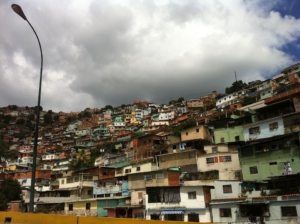 Nicknamed “the Maduro diet” after Venezuelan president Nicolas Maduro, hunger in Venezuela is one of the symptoms of their current humanitarian crisis. Once a thriving and one of the most promising economies in Latin America, and home to the world’s largest oil reserves, Venezuela’s current economy is among the worst in the world.
Nicknamed “the Maduro diet” after Venezuelan president Nicolas Maduro, hunger in Venezuela is one of the symptoms of their current humanitarian crisis. Once a thriving and one of the most promising economies in Latin America, and home to the world’s largest oil reserves, Venezuela’s current economy is among the worst in the world.